

There’s a very good chance when you start Borderlands: The Pre-Sequel, you’ll have no idea what’s going on. The introduction to the third Borderland’s characters and story is as confusing and all-over-the-place as the game itself unless you’re a diehard fan of the lore and characters of the series. If you are though, The Pre-Sequel might be worth a look.
By its title, platforms, relative quick release date after Borderlands 2, the inclusion of the franchise’s most likable and crazy robot Claptrap as a playable character, a low gravity moon setting and the fact that Gearbox Software didn’t make this one, it’d be fair to be skeptical of Borderlands: The Pre-Sequel. And you’re be right to be.
The-Pre-Sequel, a game that takes place between Borderlands 1 and 2, is to the Borderlands franchise what Judgment was to Gears of War and what Ascension was to God of War. It feels and plays like a rushed cash-in during a transition period of the consoles. It wasn’t made by the original development team and it’s not a step forward for the series.
But if you’re in it just for the fun, The Pre-Sequel delivers in spades for gamers who love the wacky humor and characters. Even from the outset when choosing Claptrap as my playable character the game asks several times if you’re certain of that choice, warning of how annoying Claptrap is. For Borderlands veterans, this is just one example of the fan service The Pre-Sequel delivers successfully.
The story of this Borderlands in-between-quel is all about the fan service and is easily the best part of the game which otherwise does little new on the features or improvements front. In fact, it’s almost identical to Borderlands 2 in its gameplay, hub area, menus, quest system, environments, etc. There again are four new playable characters, all familiar faces from previous installments and DLC where they appeared as NPCs and the story follows the origins Jack and how he evolves into the Borderlands 2 antagonist known has Handsome Jack. How the story is presented, how it fits the existing lore and what it could mean for the future of the franchise are downright exciting ideas and help make 2K Australia’s entry fit perfectly into the canon.
Playing through to experience that story is a bit of a chore however, and The Pre-Sequel very much is a showcase of how dated the current Borderlands mechanics and formula are. The graphics are woefully unimpressive and are as inconsistent as some of the animations; there’s texture pop-in everywhere; menus and inventory management desperately need an overhaul and the little details are missing from what we expect from modern triple-A shooters.
But the graphics are not what makes Borderlands special so that’s forgivable. The real killers are the poor AI on enemies and the infinitely spawning hostiles adding to a tedious and unexciting set of side quests. The Pre-Sequel relies heavily on menial tasks, from collecting or killing a certain amount of this or that, and it becomes particularly boring when having to drive or run back and forth across areas that are unnecessarily restrictive and obstructed. The Pre-Sequel seems designed to limit players through poor vehicle driving mechanics and a terrible fast-travel system, and not even the new oxygen gimmick can solve that problem. It’s just not fun to walk around in the lifeless environments or to do some of the quests.
The one notable change to core gameplay is the change of setting to the moon Elpis. Characters need to breathe (other than Claptrap of course) so to do that players must maintain a certain level of oxygen, readily available through cracks in the surface, oxygen machines, loot drops and structures with breathable atmospheres. The oxygen meter continually counts down which adds a sense of urgency to travelling around and dealing with lengthy skirmishes, but it also allows players a form of double-jumping by letting characters float through the low-gravity environments using that same oxygen.
The jumping itself isn’t special, and the need for oxygen is annoying at best, but it does allow for some interesting combat scenarios with additional enemy types flying and jumping around as well. The system also adds the ability to slam down on the ground and deal area damage, but that requires being close to groups of enemies and isn’t all too effective.
Borderlands is a looter shooter by nature and The Pre-Sequel is a somewhat of a wasted opportunity in that regard. If you loved the weapon types of Borderlands 2, most of those types return with the addition of two new types: cyro weapons that freeze enemies and laser guns which burn them. The new weapon variations are welcome but we’d gladly trade them back to improve the general feel of the weapons. Most guns aren’t very accurate and many of them don’t even follow the ammo counts listed on their stats because they require multiple rounds per shot. Why not just list how many times a weapon can fire? What players will find is that most quest-rewarded weapons and guns found in weapon chests or off of enemies are obsolete before even picking them up.
The lack of weapon progression combined with the painful process of opening loot containers one after the other manually (and individually) discourages exploration and looting. There are still some wonderful rare weapons here and there, but like most of the loot and side quests, so much of it is wasted time. After hours of grinding through a lot of repetitiveness, it’s easy to look at a few rooms full of containers and just pass them by.
And in the end, that’s how we feel about the game. Borderlands: The Pre-Sequel is not very fun solo but is meant to be experienced cooperatively with friends. It supports two-player splitscreen and online play up to four. For fans of the series, the game’s style and characters makes it easy to recommend to a group playing together. For everyone else, The Pre-Sequel isn’t very special and would be better served as a shortened expansion for the the last game.
We do love how 2K Australia worked in Australian characters and catch-phrases all over-the-game. It fits surprisingly well with the general no-holds-barred style Borderlands is known for.
Borderlands: The Pre-Sequel is available on PC, PS3 and Xbox 360. We played the Xbox 360 version for review.
Follow Rob on Twitter @rob_keyes.
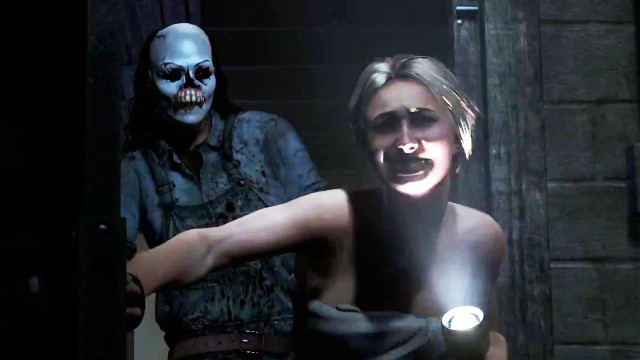


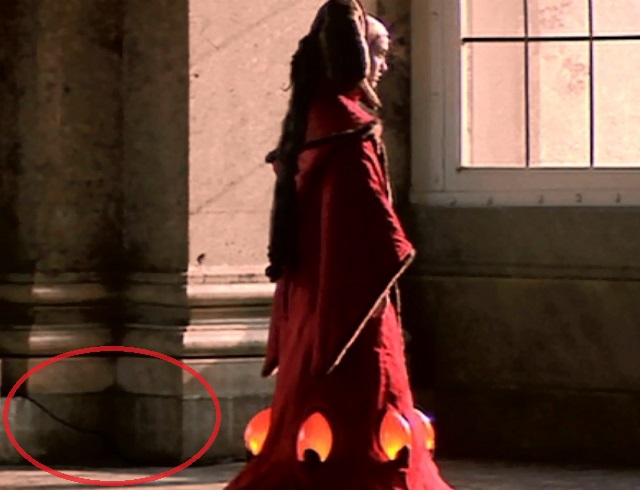
 Splatoon Tips and Tricks: Ten Steps to Conquer Multiplayer
Splatoon Tips and Tricks: Ten Steps to Conquer Multiplayer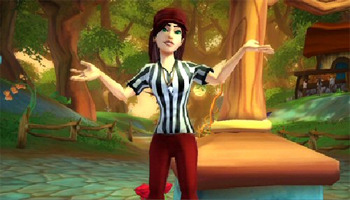 Free Realms’ Referee Ruby’s Guide to Submitting a Support Ticket
Free Realms’ Referee Ruby’s Guide to Submitting a Support Ticket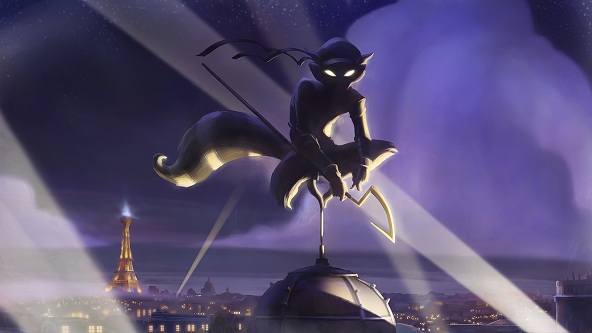 Sly Cooper: Thieves in Time Walkthrough
Sly Cooper: Thieves in Time Walkthrough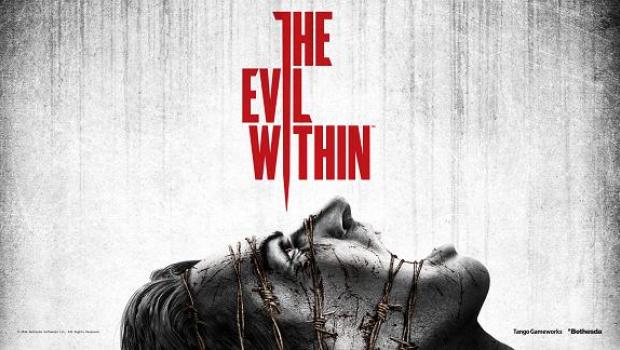 The Evil Within PC Cheats For God Mode And Others, Debug Command To Unlock Frame Rate
The Evil Within PC Cheats For God Mode And Others, Debug Command To Unlock Frame Rate The Witcher 3: Wild Hunt Guide - How to Find the Secret Viking Romance
The Witcher 3: Wild Hunt Guide - How to Find the Secret Viking Romance